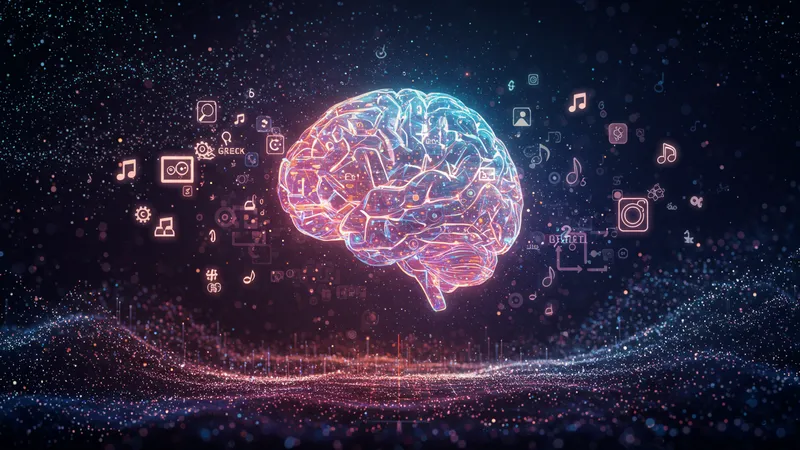
Generative AI & AI Tools: Transforming The Future Of Technology
Generative artificial intelligence refers to a category of machine learning models capable of creating new content—such as text, images, music, and code—rather than simply analyzing existing data. These AI tools can discern patterns from data and use that knowledge to generate remarkably human-like responses or imaginative works. In recent years, the emergence of sophisticated frameworks and models has accelerated this technology’s ability to produce creative content, sparking transformative changes across digital industries, communication, and creativity.
What distinguishes generative AI from traditional predictive algorithms is its inherent ability to synthesize and craft content that did not previously exist. It uses deep neural networks, often based on transformative architectures like GPT (Generative Pre-trained Transformer), to mimic, extend, and sometimes even surpass human imagination. As a result, AI tools are fundamentally altering the landscape of creative production, business automation, and user interaction.

- ChatGPT (OpenAI) – Free basic tier; $20/month for Plus
- Gemini (Google DeepMind) – Pricing varies by API usage
- Stable Diffusion (Stability AI) – Open source; enterprise solutions upon request
Generative AI technologies like ChatGPT have rapidly integrated into customer service, virtual assistance, and educational platforms, enabling businesses and individuals to automate conversation, draft textual documents, and accelerate research. These tools are trained on massive datasets and offer contextually adaptive responses that make digital interactions more seamless and intuitive compared to older models.
Google’s Gemini represents another leap forward, expanding the power of generative AI to not just text but multimodal content, including images and code. Enterprises utilize Gemini to summarize documents, analyze data, or generate creative visual assets, with flexible pricing reflecting different operational needs. The model’s integration with Google Cloud signals a shift in how organizations approach both automation and creativity at scale.
Open-source solutions like Stable Diffusion have democratized AI-powered image creation by allowing anyone with a capable computer to generate high-quality artwork or illustrations. Designers, marketers, and architects across industries are leveraging this tool for rapid prototyping, customized visuals, and even gaming content. The pace of iteration in this space means AI-generated visuals are now a regular part of digital content production pipelines.
These examples demonstrate that generative AI is more than a technical marvel—it is an evolving force that challenges creative boundaries, fosters innovation, and compels industries to rethink their approach to digital transformation. With new features, ethical considerations, and adoption trends emerging, the full implications are just beginning to unfold.
In summary, the world of generative AI and advanced AI tools is not only expanding the realm of what is possible, but also raising intriguing questions about creativity, authenticity, and the future relationship between humans and machines. The deeper details reveal even more valuable insights ahead—uncover how these technologies are redefining performance and user experience on the next page.